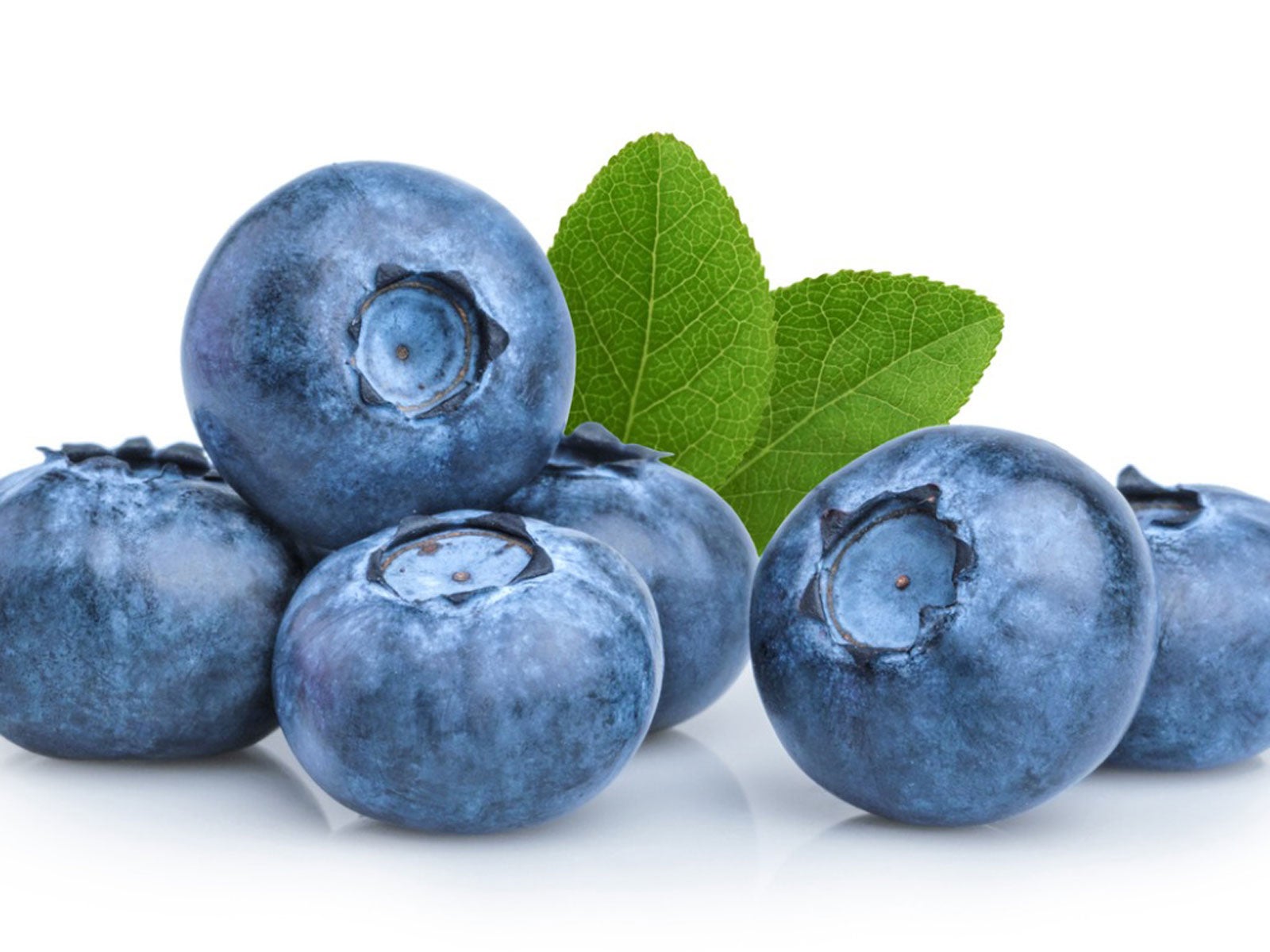Camellia Blueberry Variety: What Is A Camellia Blueberry Bush


For big berries with a delicious aroma, try growing Camellia blueberry plants. What is a Camellia blueberry? It has no affiliation with the camellia flowering bush but has a vigorous, upright cane growth. This blueberry variety is a southern highbush type that produces prolifically and is tolerant to heat.
What is a Camellia Blueberry?
Blueberry lovers across the globe have to be very specific on the variety they grow. That is because many types are cool season, while others can be grown in warm regions. Additionally, each plant has a slightly different flavor, height, and form as well as berry size. The Camellia southern highbush blueberry is suited for the warmer regions.
These blueberry plants produce midseason. They were developed by the University of Georgia and bred to show tolerance for high heat and produce large berries. A three-year-old plant can produce up to 5 pounds (2 kg.) of big, juicy berries with exceptional flavor. The scent of the fruit is described as tropical. Fruit ripens in tight clusters at the ends of stems. The Camellia blueberry variety can grow up to 6 feet (2 m.) tall with a width of 4 feet (1 m.).
Growing Camellia Blueberries
The Camellia southern highbush blueberry has a moderate growth rate and can get quite large. It needs rich, slightly acidic soil in full sun. The plant is suitable for USDA zones 7 through 8 and needs up to 500 hours of chilling time to produce fruit.
Prior to planting, incorporate some sand and compost into the planting hole and install at the same depth as the nursery pot. Water young plants until established and prune out smaller growth to form an open center and promote stronger stems.
This plant is self-fruitful, but you will get bigger yields with cross pollination of other varieties. Suggested varieties are Star and Legacy.
Care of Camellia Blueberries
Once planted, spread some good quality bark mulch around the root zone of the plant. This will prevent weeds and conserve moisture.
Gardening tips, videos, info and more delivered right to your inbox!
Sign up for the Gardening Know How newsletter today and receive a free copy of our e-book "How to Grow Delicious Tomatoes".
A few weeks after planting, feed the plant with one ounce of balanced fertilizer, blood meal, or well-rotted compost tea. Use the same amount the next year, but thereafter increase the fertilizer by a factor of one gradually per year until year twelve.
Plants need 1 to 2 inches (5 cm.) of water per week during the growing season. By year three, prune out old or diseased canes. After year six, remove the oldest canes and leave six vigorous two to five-year-old canes. The oldest canes can be identified by their gray bark.
Blueberries are easy to grow and with a few simple steps you can enjoy big, perfumed, juicy berries year after year.

Bonnie Grant is a professional landscaper with a Certification in Urban Gardening. She has been gardening and writing for 15 years. A former professional chef, she has a passion for edible landscaping.
-
 Moody Blooms For Spring: 8 Types Of Black Flowers To Add Drama To Spring Displays
Moody Blooms For Spring: 8 Types Of Black Flowers To Add Drama To Spring DisplaysFrom midnight burgundies to inky violets, several types of black flowers can enrich and embolden a spring display. Try these brooding bloomers for a moody garden
By Tonya Barnett
-
 My Homemade Orchid Fertilizer Always Brings More Blooms – Here's The Easy Recipe That Transforms Plants
My Homemade Orchid Fertilizer Always Brings More Blooms – Here's The Easy Recipe That Transforms PlantsScientist-turned-gardener Mary Ellen Ellis shares her tried-and-tested DIY orchid fertilizer recipe, plus more ingredients to try for healthy, happy plants.
By Mary Ellen Ellis